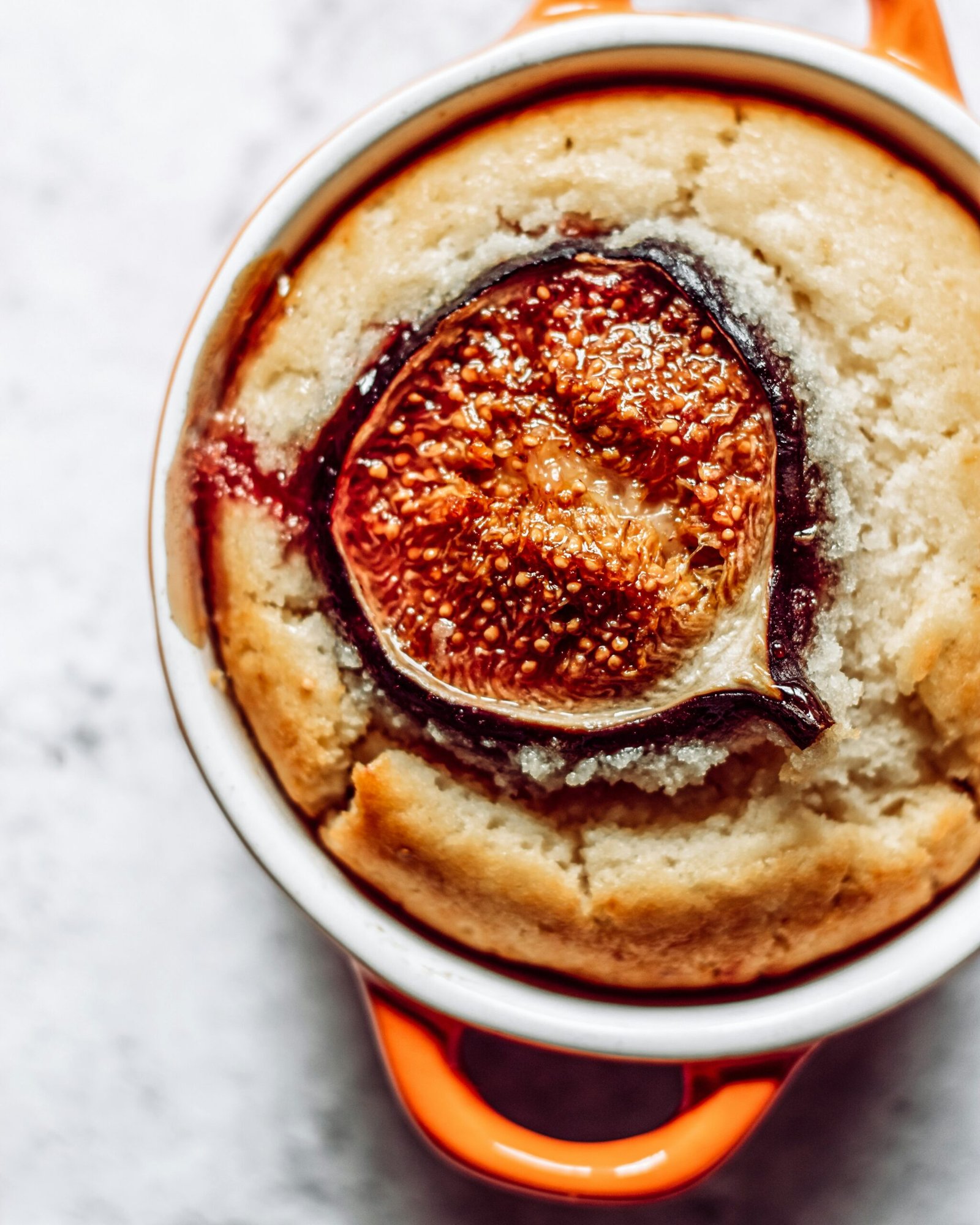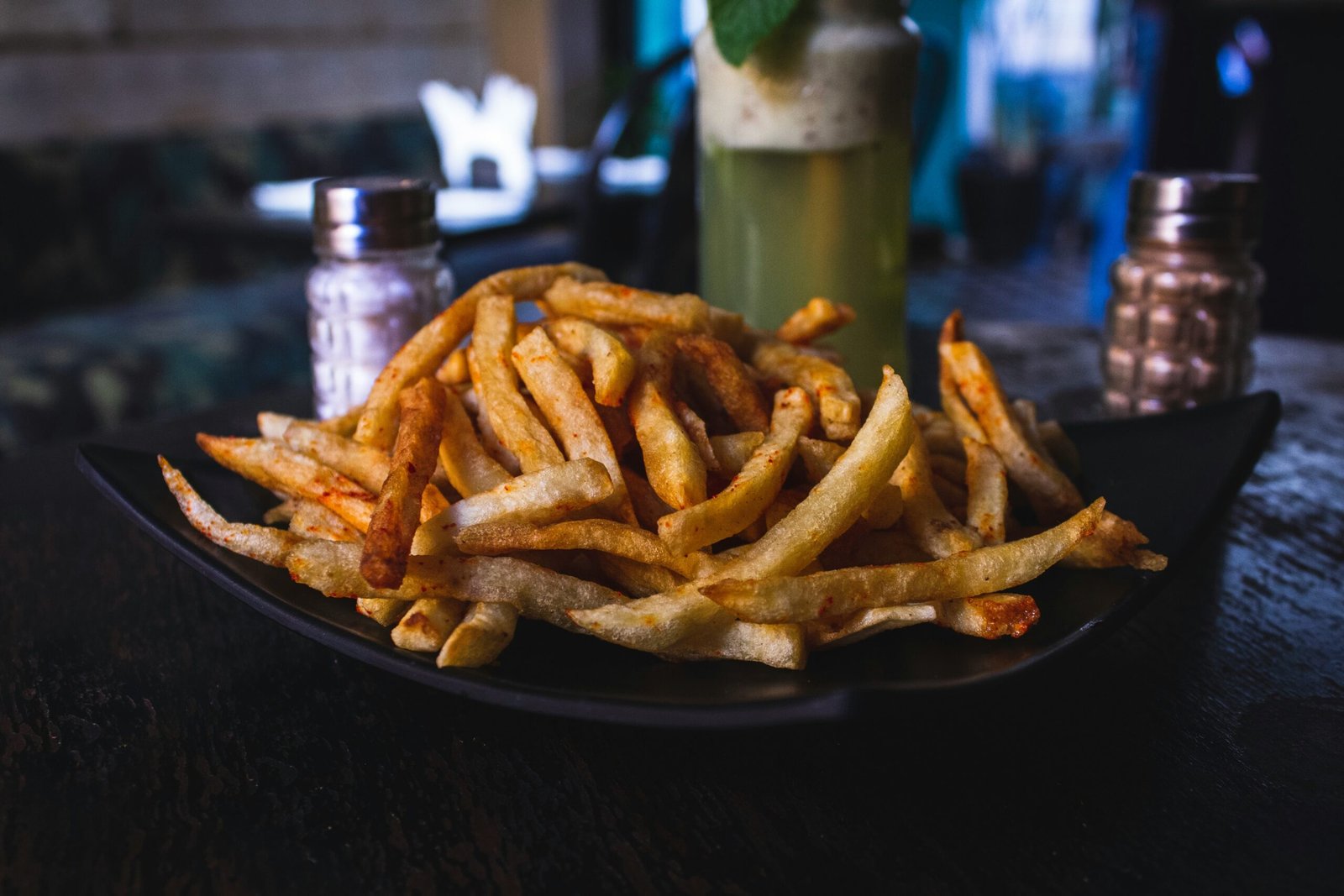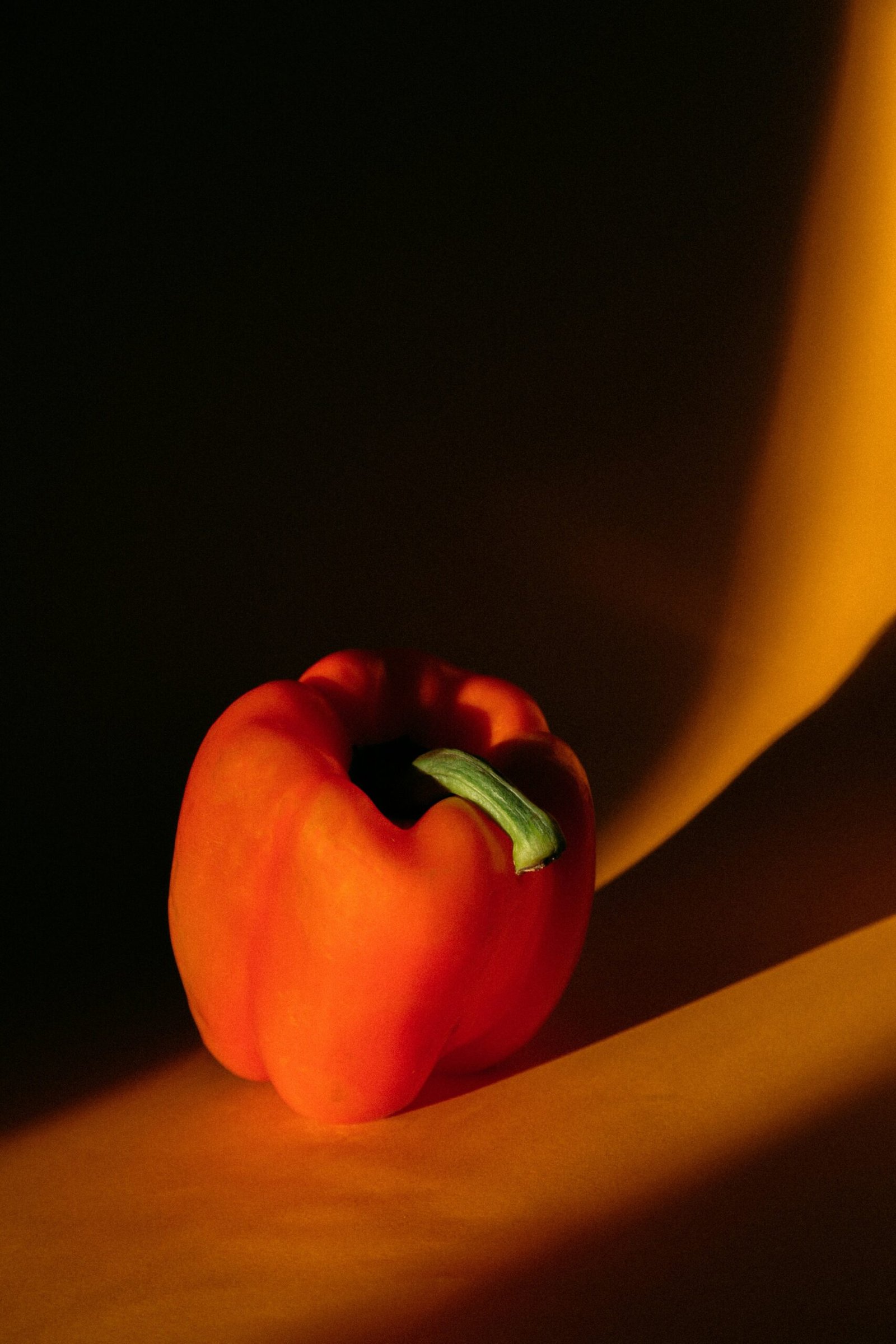Introduction to Black Winter Truffles
Black winter truffles, scientifically known as Tuber melanosporum, are a prized delicacy often referred to as the “black diamond” of the culinary world. These underground fungi thrive in specific regions of Europe, particularly in France, Italy, and Spain, where the climate and soil conditions provide an ideal environment for their growth. Their unique characteristics and flavor profile have made them exceptional items for gourmet chefs and food enthusiasts alike.
One of the defining features of black winter truffles is their appearance. With a rough, dark exterior that can resemble a small lump of coal, their true value is revealed upon cutting. The interior showcases a mottled pattern, predominantly that of a deep brown to black hue. Congruently, black winter truffles possess an intense aroma that is often described as earthy, musky, and slightly sweet. This rich scent evolves when the truffles are shaved over warm dishes, enhancing the overall flavor experience.
In terms of flavor, black winter truffles offer a complex profile that is both savory and robust. Their culinary versatility enables them to be paired with a variety of dishes, from creamy risottos to gourmet pasta sauces. Chefs value these truffles for their ability to elevate even the simplest of meals into a luxurious experience. They are typically harvested between November and March, coinciding with the height of their flavor, making them a seasonal treasure highly sought after by gastronomes worldwide.
The significance of black winter truffles in gourmet cuisine cannot be overstated. Their rarity and the meticulous process required for their cultivation and harvesting contribute to their status as a luxury ingredient. As food enthusiasts worldwide continue to seek out the exquisite taste of black winter truffles, they remain a symbol of gastronomic luxury and refinement.
The Black Diamond Season: Timing and Impact
Black winter truffles, often referred to as “black diamonds,” are typically harvested from November through March, with the peak season occurring between December and February. The timing of the harvest plays a crucial role in determining the quality, flavor, and overall availability of these prized delicacies. During this period, favorable weather conditions, including cool temperatures and autumn rainfall, contribute to the development of their renowned aroma and taste.
The unique sensory profile of black winter truffles is directly influenced by these environmental factors. For instance, a mild winter with adequate moisture content often results in truffles that are richer in flavor and more aromatic. Conversely, an unusually warm or dry winter can lead to a decline in the quality of the truffles, making the timing of the harvest even more critical. Chefs and gourmands alike are urged to pay close attention to these climatic nuances that ultimately affect their culinary experience.
As the season progresses towards its conclusion, the urgency for truffle enthusiasts becomes palpable. The availability of black winter truffles diminishes as spring approaches, creating a heightened demand among chefs and food connoisseurs. The anticipation surrounding the final weeks of the harvest season not only amplifies the allure of these exquisite fungi but also enhances their perceived value. As the chatter among culinary circles intensifies, the urgency to procure these black diamonds can create a bustling market atmosphere, wherein prices may fluctuate based on availability and demand.
In essence, understanding the seasonal dynamics of black winter truffles is paramount. This delicate timing, coupled with the impact of environmental factors, shapes the experiences of chefs and consumers alike, making each truffle a Seasonal luxury that is both rare and exquisite.
Classic Recipes Featuring Black Winter Truffles
Black winter truffles, often considered the black diamonds of culinary delights, are renowned for their rich, earthy aroma and distinct flavor. Incorporating these luxurious truffles into classic recipes can elevate the dining experience, making each dish a celebration of finer tastes. Below are a few exemplary recipes that highlight the exquisite attributes of black winter truffles.
One simple yet elegant dish is the Truffle Infused Risotto. Start by slowly sautéing finely chopped shallots in a mixture of butter and olive oil until translucent. Then, add Arborio rice and toast it lightly before deglazing with white wine. Gradually incorporate warm broth while stirring continuously until the rice reaches a creamy consistency. Upon serving, shave fresh black winter truffles over the risotto to unleash their aromatic profile. This preparation accentuates the truffles’ flavor while ensuring the dish remains approachable for home cooks.
Another classic is Tagliatelle with Truffle Butter. For this dish, prepare fresh tagliatelle or a high-quality store-bought option. Cook the pasta al dente and then toss it in a sauce made of melted unsalted butter infused with grated black winter truffles. A sprinkle of Parmesan cheese can enhance the flavors further. This recipe highlights the luxurious nature of black winter truffles, creating a rich and satisfying meal.
For a more gourmet approach, consider Beef Carpaccio with Truffle Oil. Thinly slice high-quality beef tenderloin and arrange it on a plate. Drizzle a light touch of truffle oil for a sophisticated finish and garnish with shaved black winter truffles, arugula, and shaved Parmigiano-Reggiano. The combined flavors of the tender beef and aromatic truffles create a refined starter perfect for special occasions.
These classic recipes are just a few examples of how black winter truffles can enhance everyday cooking. Whether in risottos, pastas, or elegant appetizers, the rich flavor of these truffles offers a taste of luxury that can transform any dish into a remarkable culinary experience.
Famous World Chefs and Their Truffle Creations
Renowned chefs across the globe have harnessed the exhilarating flavor of black winter truffles, often referred to as the “black diamonds” of the culinary world. These chefs have elevated their gastronomic creations by incorporating this exquisite ingredient into their signature dishes, showcasing the truffle’s depth and complexity. One such chef, Massimo Bottura, the genius behind Osteria Francescana in Modena, Italy, utilizes black winter truffles to enhance traditional Italian recipes. His signature dish, ‘Five Ages of Parmigiano Reggiano,’ features a delicate infusion of truffle, which exemplifies how this aromatic fungus can accentuate simplicity and sophistication in modern Italian cuisine.
Another heavyweight in the culinary scene is Heston Blumenthal of The Fat Duck in the UK, celebrated for his innovative approach to food science and cooking. Blumenthal often incorporates black winter truffles into his multi-sensory dining experiences, with dishes like Truffle and Cepe Oil Mash, which marries the earthy characteristics of the truffle with creamy, buttery potatoes, resulting in a sublime texture and flavor. His exceptional creativity showcases how black winter truffles can be utilized not only as a garnish but as a fundamental element of the dish.
Additionally, chef Alain Ducasse, a stalwart of French haute cuisine, demonstrates a refined approach to truffles in dishes such as ‘Risotto with Black Truffle.’ This classic dish is transformed by the umami-rich essence of the black winter truffles, delivering a luxurious dining experience that speaks to Ducasse’s mastery of French culinary traditions. Across the spectrum of fine dining, these illustrious chefs have showcased the versatility and splendor of black winter truffles, inspiring a new generation of culinary professionals to explore the boundaries of flavor and presentation. Their commitment to excellence exemplifies the profound impact that truffles can have in modern gastronomy.
Geographical Locations for Tuber Melanosporum
The black winter truffle, scientifically known as Tuber melanosporum, is a highly sought-after delicacy that thrives in specific geographical locations, primarily across France, Italy, and Spain. These regions provide the ideal soil and climatic conditions necessary for the growth of this luxurious fungus. In France, the southern regions, particularly Provence, are celebrated for their rich truffle production. The local limestone and clay soils combined with a Mediterranean climate create a perfect environment, allowing the truffles to flourish beneath the surface in the proximity of oak, hazelnut, and pine trees.
Italy is also renowned for its black winter truffles, especially in areas like Umbria and Piedmont. The rich volcanic soil prevalent in parts of Umbria provides the necessary nutrients that contribute to the flavor profile of Tuber melanosporum. The region experiences a climate characterized by mild winters and well-defined seasons, which is crucial for the truffles’ development. Additionally, the traditional methods of cultivation and foraging practiced in these regions have evolved over centuries, establishing a heritage tied to truffle hunting that is both cultural and economic.
In Spain, black winter truffles are mainly found in the region of Teruel and the Catalonia area. Like their French and Italian counterparts, these truffles benefit from similar environmental conditions, such as calcareous soils and a suitable climate that fosters their growth. Traditional foraging practices in Spain often involve the use of trained dogs, which have an acute sense of smell to locate these hidden gems. Understanding the geographical significance of Tuber melanosporum is essential for appreciating not only where these truffles are sourced but also the meticulous care involved in cultivating them to maturity.
Pricing Trends for Black Winter Truffles in 2025 and Beyond
Black winter truffles, often regarded as the black diamond delicacy of the culinary world, have experienced significant fluctuations in pricing over the years. Historical data indicates that prices for these gourmet fungi have seen both peaks and troughs, influenced by various factors that shape supply and demand dynamics. As we anticipate developments for 2025 and beyond, it is essential to analyze these trends to better understand the future of black winter truffle pricing.
Primarily, the demand for black winter truffles remains robust, propelled by the rising global interest in gourmet dining experiences. Many high-end restaurants and culinary enthusiasts are increasingly incorporating black winter truffles into their dishes, thereby driving up demand. Furthermore, the exposure they gain through social media and television chef endorsements has also contributed to their allure, making them a coveted ingredient for many. However, this sustained demand must be balanced with the realities of supply. Black winter truffles are notoriously difficult to cultivate, and recent reports suggest that certain regions have experienced supply shortages due to adverse climatic conditions, affecting yields.
Climate change has emerged as a significant factor impacting black winter truffle production. Shifts in weather patterns are altering the suitable climates for truffle growth, leading to lower harvests in traditional truffle regions. Additionally, labor shortages in truffle harvesting have further complicated the supply situation. These factors could lead to higher prices in the coming years, particularly during peak seasons when the truffles are in high demand.
In conclusion, as we look ahead to 2025 and beyond, the pricing trends for black winter truffles will likely be shaped by a complex interplay of demand growth, supply challenges, and the effects of climate change. Understanding these trends will be crucial for stakeholders in the truffle market, enabling both buyers and sellers to make informed decisions in a fluctuating economic landscape.
Wine Pairing with Black Winter Truffles
Pairing wine with black winter truffles, scientifically known as Tuber melanosporum, is an exquisite art that elevates the overall gastronomic experience. The earthy, rich flavors of these revered delicacies offer a unique canvas for a well-chosen wine. Ideally, the selected wine should not overpower the truffles but rather complement and enhance their profound taste, creating a harmonious balance on the palate.
One of the prime varietals often recommended is the classic Pinot Noir. Its bright acidity and berry fruit notes serve to accentuate the deep, umami flavors found in black winter truffles. The wine’s soft tannins and earthy undertones mirror the truffles’ characteristics, making it a versatile choice for dishes that feature this luxurious ingredient. Additionally, Burgundy wines, which are primarily made from Pinot Noir, carry an esteemed reputation for their compatibility with truffles and provide an elegant pairing option.
Another excellent option is a full-bodied white wine, such as a well-oaked Chardonnay. The rich, buttery notes of this varietal can seamlessly complement creamy sauces and risottos adorned with black truffles. The wine’s oak barrels contribute additional layers of flavor that harmonize well with the truffles’ earthy profile. It is important to consider that the depth of flavor in the dish will guide the selection; for instance, a dish with a lighter profile may benefit from a more subtle white wine, while richer dishes can stand up to bolder whites.
For those seeking a more adventurous route, sparkling wines, notably vintage Champagnes, can provide an unexpected delight with black winter truffles. The effervescence cuts through the richness of the dish, creating a refreshing contrast that enhances the experience. Ultimately, the crafting of these pairings invites exploration and creativity, allowing connoisseurs to uncover the distinctive interplay between wine and the esteemed black winter truffle.
Sustainability and Ethical Foraging of Truffles
As the demand for black winter truffles continues to rise, it brings to the forefront essential discussions surrounding sustainability and ethical foraging practices. Truffles, particularly the esteemed black winter varieties, thrive in specific ecosystems, primarily associated with certain types of trees. These situations necessitate careful consideration of how truffles are sourced to maintain the delicate balances within their habitats. Sustainable truffle cultivation involves not only responsible harvesting but also the ecological stewardship of the lands from which they are obtained.
Ethical foraging of truffles requires that the foragers are well-informed about the regulations governing truffle hunting, as these laws typically aim to prevent over-harvesting and to protect native habitats. The use of trained dogs instead of pigs for finding truffles is a more sustainable method, reducing the potential harm to the truffle beds. This practice helps to ensure that the mycelium, the underground part of the fungus that supports truffle production, remains intact, allowing for continued growth in future seasons.
Moreover, interlacing sustainable foraging with local community practices can enhance both the economic and ecological prospects for regions that harvest truffles. The promotion of truffle farming has gained traction as a lucrative endeavor, yet it must be approached with care, considering water usage and the implications of land use on biodiversity. Sustainable practices could include organic farming techniques and habitat restoration efforts to ensure the longevity of truffle production.
For consumers, making informed decisions is crucial in promoting sustainability. Choosing to purchase black winter truffles from suppliers that adhere to ethical foraging practices not only contributes to the preservation of these luxurious delicacies but also encourages environmentally friendly methods. Engaging with reputable brands that prioritize sustainability can amplify the call for better practices within the truffle industry, benefiting both the ecosystem and future generations of truffle lovers.
Conclusion and Final Thoughts
In reflecting on the luxurious nature of black winter truffles, often referred to as the “black diamond” of the culinary world, we recognize their unique allure and the sensory pleasure they offer. Their distinct aroma and rich flavor profile elevate many dishes, transforming ordinary meals into extraordinary culinary experiences. As we have explored, the enjoyment of black winter truffles extends beyond mere taste; they symbolize sophistication and indulgence, perfectly suited for special occasions or gourmet dining.
Throughout the truffle season, lasting from late autumn to early spring, these precious fungi provide a limited window for enthusiasts and chefs to showcase their signature qualities. This seasonal availability adds to the excitement surrounding truffles, as each harvest is an event met with great anticipation. Sourcing black winter truffles from reputable suppliers ensures not only top-quality products but also encourages sustainable harvesting practices. We should all be mindful of the impact of truffle hunting on the environment and support ethical practices in the truffle industry.
As the truffle season continues, there remains ample opportunity for lovers of fine dining to experiment with these exquisite ingredients, whether incorporated into rich risottos, layered on delicate pasta, or finely shaved over luxurious meats. The versatility of black winter truffles invites creativity in the kitchen while demanding respect for their complexity and individuality. The final takeaway is to immerse oneself in the truffle experience, savoring each bite as a celebration of flavor, texture, and culinary artistry.









